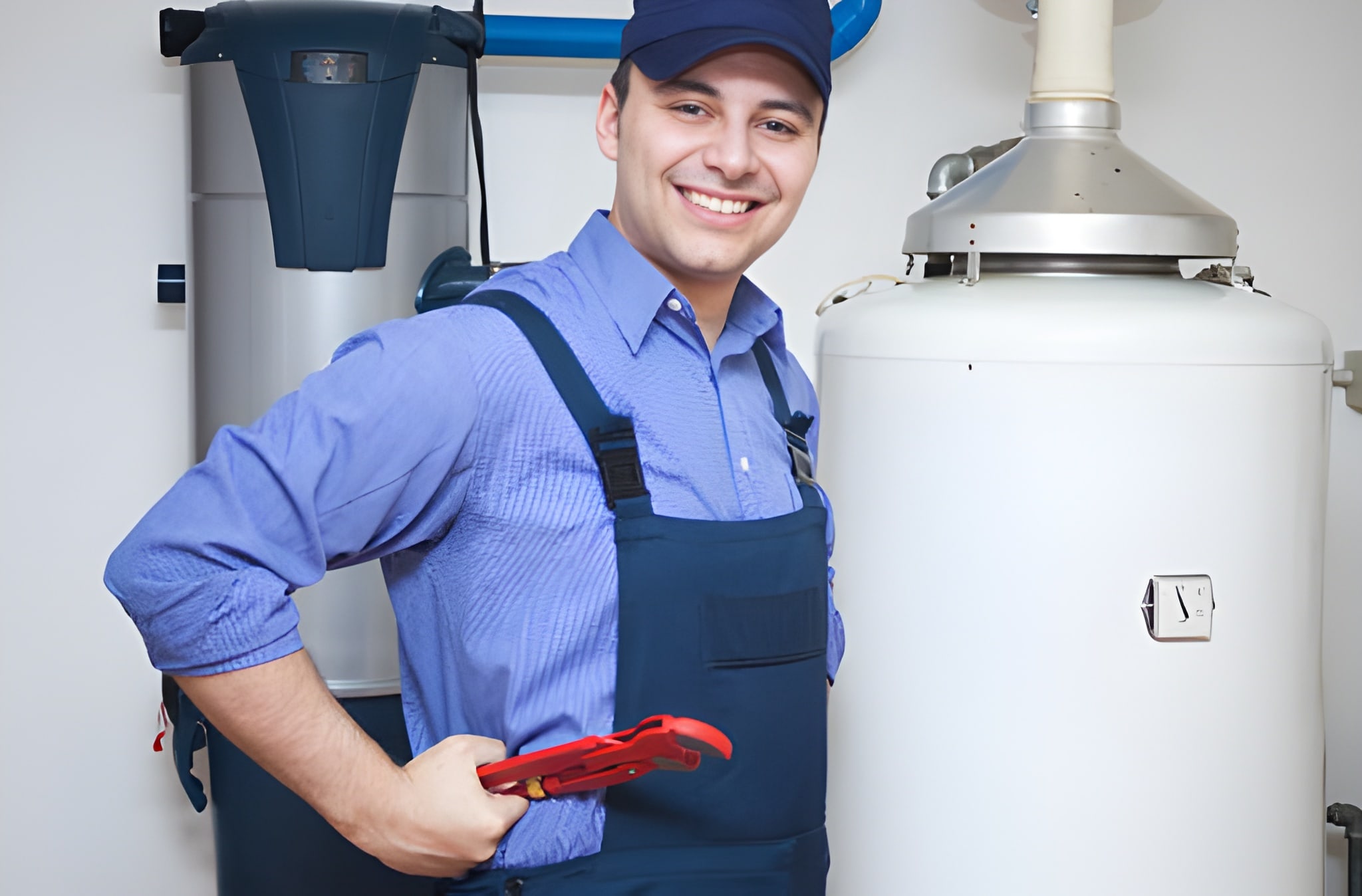Heating Maintenance and Repair in Arlington, WA
Heating Maintenance and Repair in Arlington, WA
Keeping your home warm, safe, and energy efficient during Arlington winters starts with professional heating maintenance and timely repair. In Arlington, WA, where cool, damp winters and occasional freezing nights put extra stress on heating systems, preventing breakdowns matters more than ever. Our guide explains what combined maintenance and repair services include, common local problems, on-site diagnostic capabilities, emergency response expectations, maintenance-plan perks, and practical tips to reduce breakdowns and extend equipment life.
Why targeted heating maintenance matters in Arlington, WA
Arlington’s Pacific Northwest climate means longer heating seasons, higher indoor humidity, and frequent temperature swings. Those conditions accelerate corrosion, promote condensate issues in heat pumps, and increase run-time for furnaces and boilers. Homes in older neighborhoods may still rely on aging furnaces, boilers, or wall heaters that require closer attention. Regular preventive maintenance reduces energy waste, prevents mid-winter failures, and helps protect warranties.
Common heating systems and issues in Arlington homes
- Furnaces (gas and electric): common problems include dirty burners, weak ignition, failed blower motors, clogged filters, and cracked heat exchangers.
- Heat pumps and mini-splits: seasonal refrigerant leaks, reduced capacity from dirty coils, reversing valve issues, and frozen outdoor coils in cold, wet weather.
- Boilers and radiators: low pressure, leaking valves, air in radiators, and circulator pump failures.
- Ducted systems: leaks, poor insulation, blocked vents, and uneven airflow.
- Controls and thermostats: miscalibration, wiring faults, and communication errors with smart thermostats.
Routine preventive maintenance checklist
Regular tune-ups focus on safety, efficiency, and reliability. Typical maintenance tasks include:
- Visual safety inspection and functional test of system operation.
- Replace or clean air filters and advise on correct filter type and schedule.
- Clean burners, inspect ignition and flame sensor (gas furnaces).
- Combustion analysis for gas systems to ensure safe combustion and CO levels.
- Lubricate motors and inspect belts and bearings.
- Check blower assembly, motor currents, and airflow.
- Inspect heat exchanger for cracks or corrosion.
- Test thermostats and controls; calibrate as needed.
- Check refrigerant levels, inspect coils, and clean outdoor units for heat pumps/AC.
- Flush and inspect condensate drains and pans to prevent backups.
- Inspect and test safety switches, limit controls, and electrical connections.
- Inspect ductwork for leaks, insulation gaps, and blocked registers.
On-site diagnostics and typical repair capabilities
When a maintenance visit reveals a problem or when you call for repair, an effective diagnostic process finds the root cause quickly and minimizes repeat calls:
- System history and symptom review to narrow failures.
- Multi-point electrical testing to identify failed components.
- Combustion and gas-pressure testing on fuel-fired equipment.
- Refrigerant pressure checks and leak detection for heat pumps and mini-splits.
- Advanced airflow measurements and static pressure testing for ducted systems.
- Visual inspection with borescope when heat exchanger or internal components are suspected.
- On-the-spot repairs commonly handled: ignitor or pilot repairs, blower motor and capacitor replacement, control board replacement, circulator pump repair, refrigerant leak repair and recharge, valve and actuator replacement, duct sealing patches, and thermostat replacements.
Major component failures (for example, a cracked heat exchanger or a failed compressor) may require part replacement or full system evaluation to determine the most cost-effective path forward.
Emergency response expectations in Arlington
Cold snaps and equipment failures happen at the worst times. For emergency no-heat calls, priority handling is essential:
- 24/7 emergency response is available for urgent heating failures.
- Most no-heat emergencies are triaged for same-day service; response windows vary by call volume and local weather.
- Maintenance-plan members receive top priority scheduling for emergency dispatch.
- For safety issues (smell of gas, suspected CO exposure), immediate shutdown and professional assessment are strongly advised.
Maintenance-plan perks that matter
Signing up for a structured maintenance plan is one of the best ways to avoid costly mid-season repairs and keep warranties valid. Common plan benefits include:
- Scheduled fall and spring tune-ups for furnaces, air handlers, and heat pumps.
- Priority scheduling and faster emergency response.
- Routine filter replacements and basic consumables included.
- Discounts on repair labor and parts for enrolled systems.
- Documentation of service history to protect manufacturer warranties.
- Peace of mind with routine checks that extend equipment life and preserve efficiency.
Practical tips to reduce breakdowns and extend equipment life
- Change or clean filters on schedule: every 1-3 months depending on filter type and household conditions.
- Keep vents and returns unobstructed and advise family members not to block heat registers.
- Clear outdoor heat pump units of leaves, debris, and snow; allow 2 feet clearance around the unit.
- Use a programmable or smart thermostat to reduce short-cycling and unnecessary runtime.
- Schedule preventive maintenance in fall before heavy heating use and in spring for heat pumps.
- Insulate accessible ductwork in basements, attics, and crawl spaces to reduce energy loss.
- Watch for early warning signs: unusual noises, increased energy bills, inconsistent room temperatures, or frequent cycling. Addressing these early prevents major failures.
- Install carbon monoxide detectors and test them regularly if you have fuel-fired heating.
The long-term value of combined maintenance and repair
Combining routine maintenance with timely repairs keeps your system operating safely and efficiently, reduces the risk of emergency breakdowns during Arlington’s cold months, and lowers operating costs through improved efficiency. Well-maintained equipment lasts longer, retains more of its rated efficiency, and provides more reliable comfort for your home. Regular documentation of service also supports warranty claims and helps with resale value should you sell your home.
Keeping heating systems tuned and repaired promptly is especially important in Arlington, where humid conditions and extended run times accelerate wear. A structured maintenance approach minimizes disruptions, keeps your family comfortable, and protects your investment in home comfort equipment.

Customer Testimonials
Service Areas


